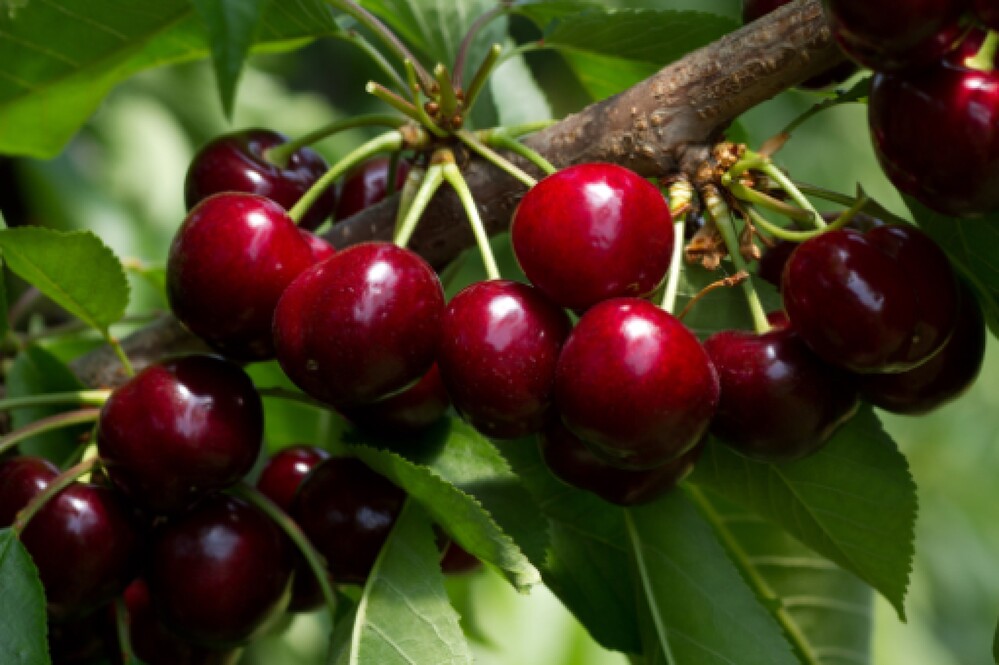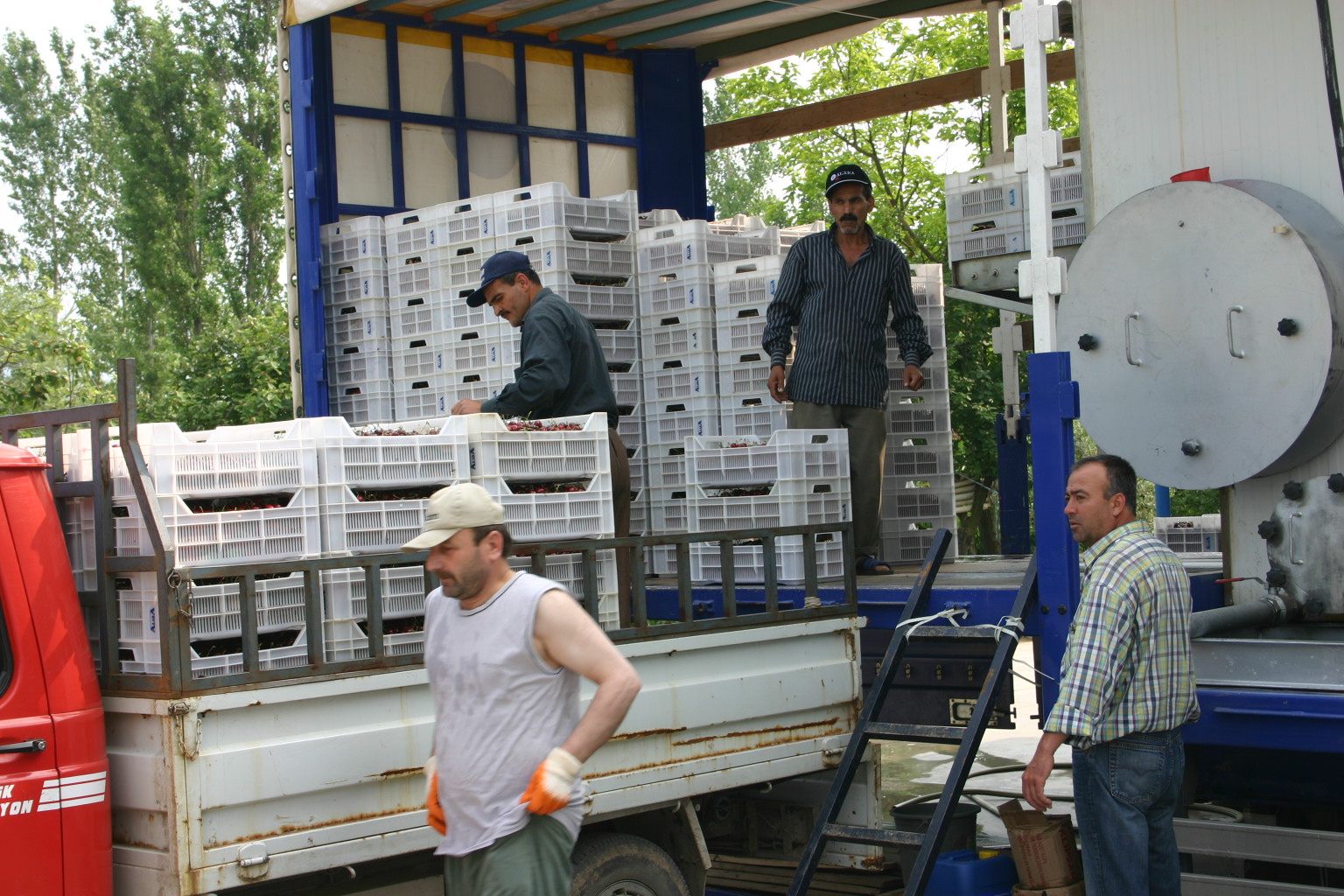Cherries have a short shelf life, usually between 7-10 days, which leads to their widespread processing into jams, juices, fruit cocktails and other culinary products. However, this transformation process generates considerable amounts of waste, which can serve as a source of high-value bioactive compounds.
The main components of these food waste products are all the dietary fibres typical of these fruits, including cellulose, hemicellulose, pectin and lignin. Consequently, these residues could be re-purposed as valuable raw materials for the production of innovative alternative products to those of fossil origin, according to the concept of the circular economy.
Currently, there is a significant amount of research on the extraction of phenolic compounds with high antioxidant capacity from pomace obtained from sour cherries, while there are very few studies on bioactive compounds in processed sweet cherries or pomace residues.
Furthermore, planning the use of sustainable solvents instead of traditional toxic organic solvents highlights one of the main challenges in the field of biomass treatment or extraction processes. Although sweet cherry pomace waste is obtained after juice production, it still contains significant amounts of dietary fibre and value-added compounds, including polyphenols.
For this reason, it can be used as a renewable raw material to generate bioactive compounds, biofunctional materials and new products. In this study, conducted at the University of Pisa (Italy), a sustainable biorefinery approach was developed that combines the use of NADES solvents (for insiders, natural deep eutectic solvents) for the recovery of polyphenolic compounds.
But the researchers did not stop there: they also explored the possibility of reusing bio-based ionic liquids several times for pomace treatment and transforming the remaining lignocellulosic residue into ionogels. The methods used to qualitatively and quantitatively analyse the extracted phenolic compounds led to the identification of more than 25 compounds that can be classified into four primary subclasses: anthocyanins, flavonoid glycosides, flavonoid aglycones and phenolic acids.
Compared to classical solvents, the total extraction of phenols was significantly improved by the preponderance of choline chloride-based NADES (up to twofold). The choline chloride:ethylene glycol system (with a 1 : 2 ratio) was the most effective in terms of total phenolic content extracted (total phenol 759 ± 85 µg per gram of dried cherry pomace).
It was then used as an extraction medium to further optimise the operating conditions and conduct a recycling study. The solvent was quantitatively recovered by running three cycles, ensuring that the extraction efficiency was maintained for all identified phenol subclasses.
Finally, choline arginate enabled the production of cellulose-enriched material (35% by weight of the dried biomass) that was subsequently dissolved at 2% in choline levulinate to create an ionogel, a functional biomaterial that has the potential to be useful in the medical and pharmaceutical sectors. The proposed biorefinery approach demonstrates the valorisation of all primary components of cherry pomace waste.
Source: Mero Angelica, Mezzetta Andrea, De Leo Marinella, Braca Alessandra, Guazzelli Lorenzo, Sustainable valorization of cherry (Prunus avium L.) pomace waste via the combined use of (NA)DESs and bio-ILs, Green Chemistry, 10, 2024.
Image: Mero et al., 2024
Melissa Venturi
University of Bologna (IT)
Cherry Times - All rights reserved










